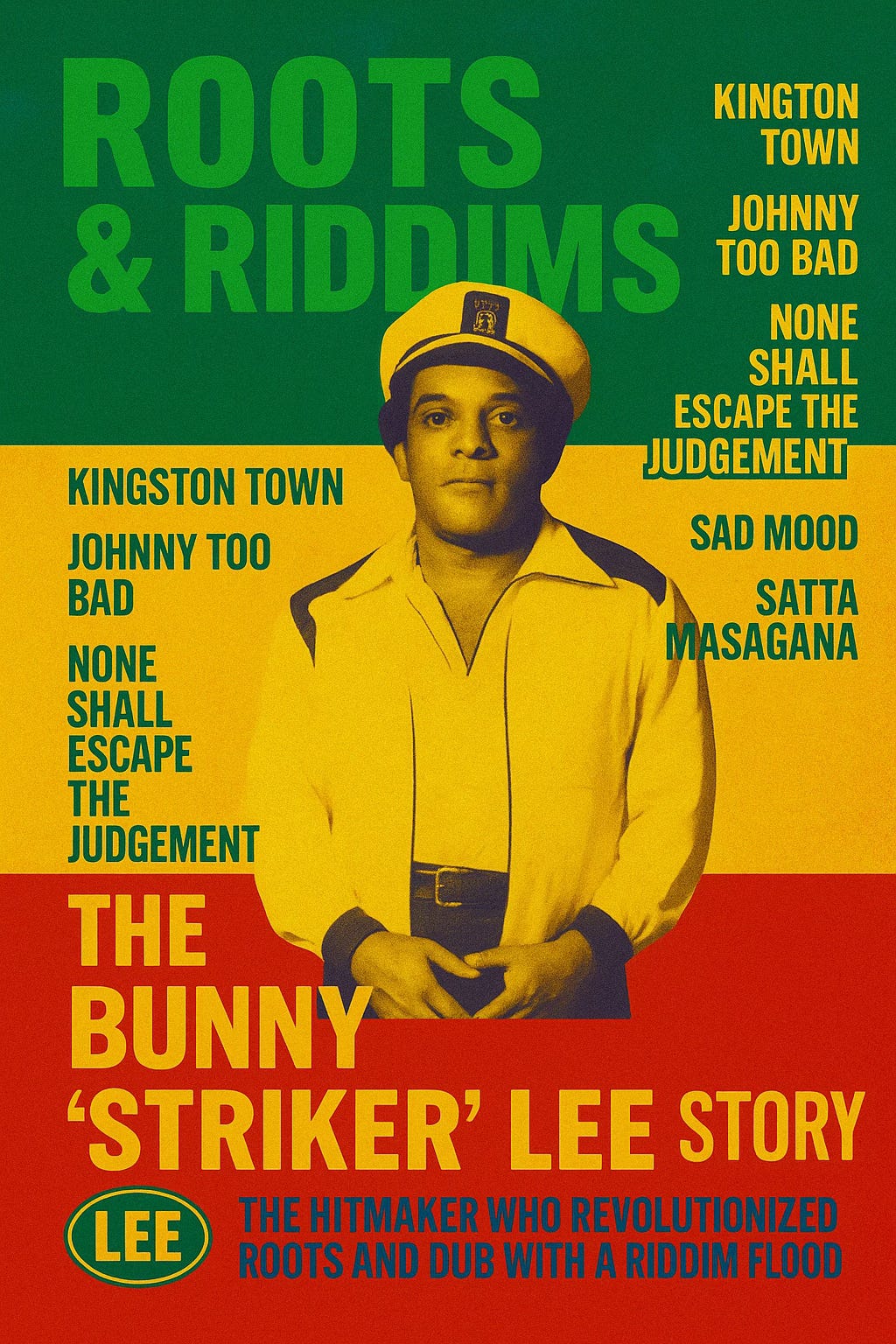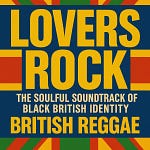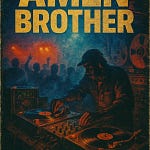Who Was Bunny “Striker” Lee?
Edward O'Sullivan Lee, better known as Bunny “Striker” Lee, was one of the most influential and prolific producers in reggae history. Born on August 23, 1941, in Kingston, Jamaica, he came up during the ska and rocksteady era but made his most significant mark in the 1970s roots reggae and dub explosion.
He earned the nickname "Striker" because he was relentlessly scoring hits.
“Bunny Lee made so many records, it’s like he never slept,” – Sly Dunbar
The Rise of a Producer: Bunny “Striker” Lee
Before Bunny Lee became one of the most influential producers in Jamaican music history, he was simply a record plugger and distributor—hustling tunes from studio to sound system for the legendary Duke Reid and Coxsone Dodd. But by the late 1960s, Lee was carving out his path and reshaping reggae music forever.
Early Moves
1960s: Began in the industry promoting and distributing records for top producers.
1967: Scored his first hit with “My Girl” by The Techniques.
Late '60s–'70s: Developed a roots reggae sound that matured through groundbreaking collaborations with dub innovator King Tubby.
The Striker Era
By the 1970s, Bunny Lee was a production powerhouse. He famously shouted “Another Striker Lee Production!” over his records—an early form of branding that became iconic.
(Does this sound branding sound familiar in today’s music world? Think DJ Khaled with his tag heard on many of his productions/tracks: “Another One”)
Released a flood of music across labels and styles.
Worked with nearly every major singer of the time—from Johnny Clarke to Cornell Campbell.
Helped define the version culture, where one riddim might back a dozen different vocal cuts.
Key Innovations & Lasting Impact
Bunny Lee wasn't just prolific—he was a visionary. Here’s how he changed the game:
Pioneer of Dub: Among the first producers to give King Tubby creative freedom with multitrack tapes, paving the way for dub music.
“Flying Cymbal” Style: Created a signature hi-hat-heavy groove inspired by Philly Soul, used famously with drummer Carlton “Santa” Davis.
Listen to King Tubby Meets Rockers Uptown, and you’ll know that distinctive sound.Riddim Reuse Master: Took a single rhythm track and reimagined it endlessly—maximizing studio time and creating a new format for Jamaican music.
Champion of “Versioning”: Pushed the idea that every vocal track should have a dub or DJ version on the flip side—a concept now baked into reggae culture.
Signature Sound
When you hear a Striker Lee production, it’s unmistakable.
Militant Roots Reggae: Heavy drums, deep rolling bass, tight arrangements.
Dubwise Magic: Echoes, dropouts, swirling reverbs—crafted by King Tubby but born from Lee’s studio vision.
Message & Movement: Songs that uplift spiritually protest politically, and still mash up the dancefloor.
Where Bunny Lee Recorded
Instead of building his studio, Bunny worked with a network of engineers and musicians at established studios, including:
King Tubby’s Studio (Waterhouse)
This was his main mixing base, especially for dub versions
Mixed by: King Tubby, Prince Jammy, Scientist
Gear: Custom dub mixing board, spring reverb, Roland Space Echo, filters, tape machines
Dynamic Sounds
One of Kingston’s premier studios
Recorded vocals and instrumentals here using top session musicians
Channel One Studio
Used for rhythm tracks, often backed by The Revolutionaries
Treasure Isle & Randys Studio 17
Early sessions and riddim building
Bunny’s Studio Approach
Mobile producer: He brought the artists to various studios and then got the tapes to King Tubby for dub mixing.
Heavy on versions: He would create a riddim, voice multiple singers over it, then take it to Tubby to mix 4–10 versions.
High output: This decentralized approach allowed him to flood the market with hit after hit.
Notable Musicians Who Frequently Played on His Tracks
Jackie Mittoo – keys (early sessions)
Lloyd Parks – bass
Winston Wright – organ
Gladstone “Gladdy” Anderson – piano
Bobby Ellis – trumpet
Vin Gordon – trombone
Tommy McCook – saxophone
Carlton & Aston Barrett – drums and bass (Wailers rhythm section)
Pre-Aggrovators Sessions – Late 60s
Before forming the Aggrovators, Bunny Lee recorded many early tracks using members of these bands:
The Hippy Boys / Upsetters
Members included Family Man Barrett and Carlton Barrett
Provided backing for early reggae hits
The Soul Brothers / Soul Vendors
Studio One band members who moonlighted on other sessions
Key players: Jackie Mittoo, Ernest Ranglin, Roland Alphonso
Tommy McCook & The Supersonics (from Treasure Isle sessions)
Horn-driven rocksteady band
Frequently used across multiple producers’ recordings
Bunny Lee often reused the same riddim tracks across different vocal versions, so a single instrumental cut might appear behind 10+ different singers, making these bands and players the true backbone of countless hits.
Global Influence
Bunny Lee’s productions reached the UK and Europe early, primarily through the reissues of Blood & Fire, Trojan, and Pressure Sounds.
Helped define the sound system culture through exclusive dubplates and riddims.
His catalog of hits has become part of the foundation of roots reggae and dub music worldwide.
PLAYLIST
Lester Sterling – Bangarang
Max Romeo – Wet Dream
Slim Smith – My Conversation
Bill Gentles – Sleepy Cat
Cornell Campbell – The Gorgon
Tommy McCook, Stranger Cole – Last Flight To Reggae City
Pat Kelly – Little Boy Blue
Derrick Morgan – Derrick Pop The Top
John Holt – A Little Tear
Bill Gentles – What A Woman
Slim Smith – Ain't Too Proud To Beg
Lester Sterling – Spoogy
Rico Rodriguez – Japanese Invasion
The Hippy Boys – Death Rides A Horse
Slim Smith – Build My World Around You
Max Romeo, The Hippy Boys – Clap Clap
Freddie McGregor – Why Did My Little Girl Cry
Tony King – Bum Ball
Alton Ellis – Some Day
Sonny Binns – Boss A Moon
Hortense Ellis, Jackie Edwards – Worried You
John Holt – Jam In The Street
Joe White – Someone To Call My Own














Share this post